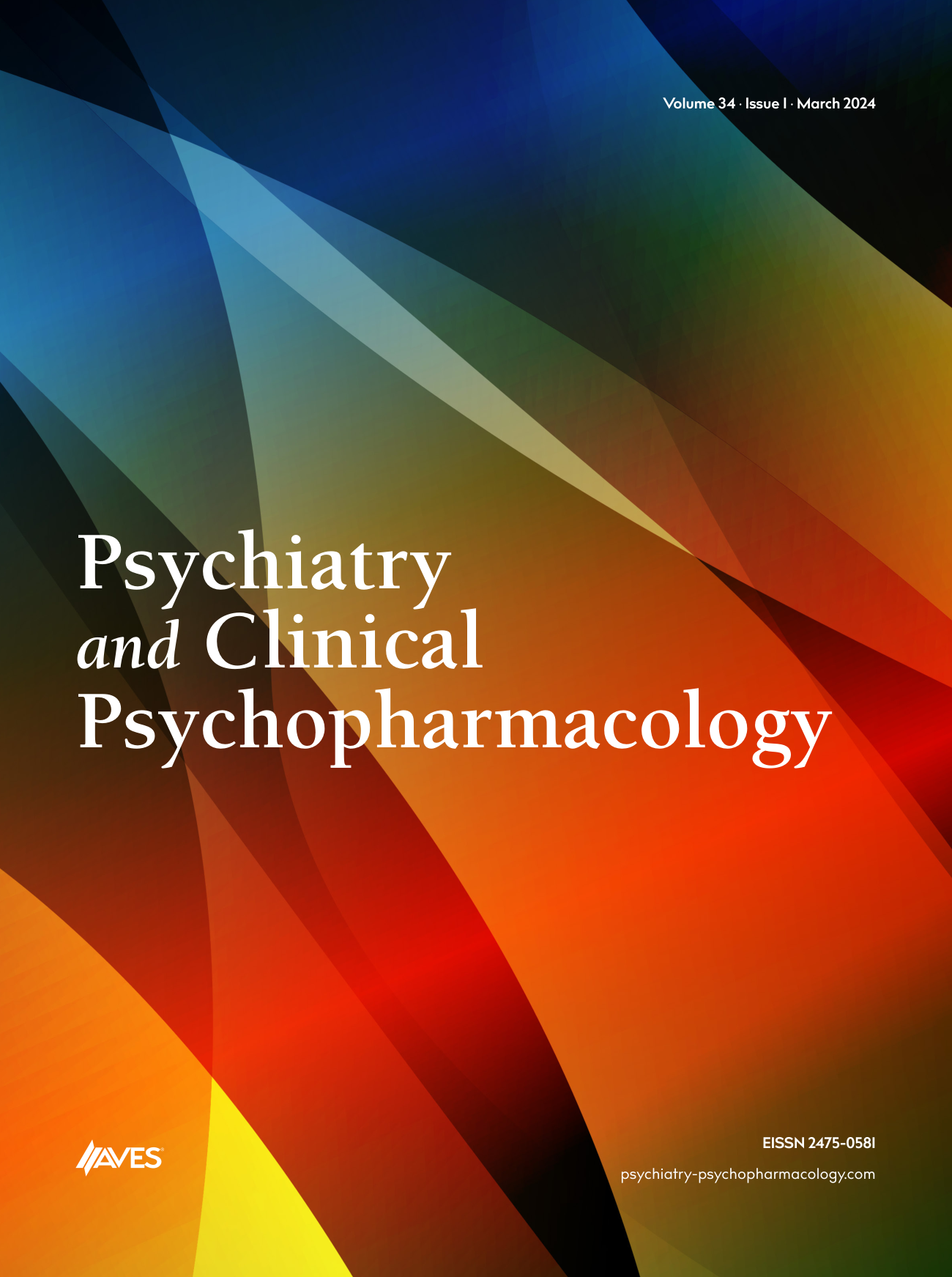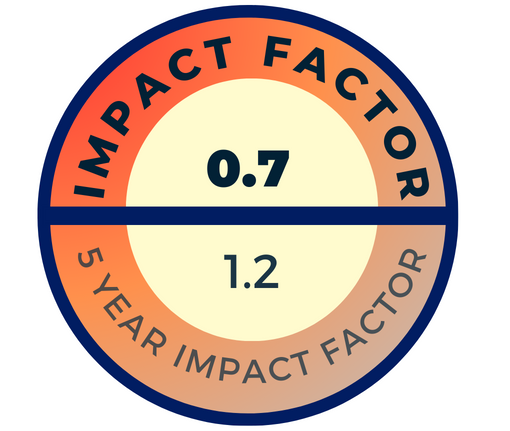Restless leg syndrome (RLS) is a disease characterized by dysesthesia that consists abnormal sensation in the extremities especially in the legs, irresistible need to move because of sensation and motor restlessness. Multiple drugs such as dopamine D2 receptor antagonists, histamine receptor antagonists, antidepressants, lithium and caffeine have been described to induce or exacerbate RLS. In this case, a patient was hospitalized with a diagnosis of manic episode. On follow up four months after discharge, she was presented to the psychiatry outpatient department with a complaints such as urge to move her legs, restlessness, numbness and tingle sensations that relieved with movements especially at nights. We have learned there was no problem at daytime treatment (lithium carbonate 300 mg in the morning, 300 mg in the afternoon). But complaints appeared, when she had taken lithium 300 mg with quetiapine 300 mg at the same time at nights. The patient was evaluated as bipolar disease-euthymic mood. Clinical signs of anemia, vascular diseases or peripheral neuropathy were not found for secondary causes of RLS. We recommended her to take lithium 300 mg in the mornings and 300 mg in the afternoons and lithium 300 mg and quetiapine 300 mg with 2 hour intervals in the evenings. From the first day of this application symptoms started to disappear. Two weeks later, symptoms completely resolved with this application, and no symptoms were observed. Our case suggests that the combination lithium with quetiapine might cause RLS with an unclear mechanism and symptoms could be reduced by changing the times of administration without the reducing the dose of quetiapine.



